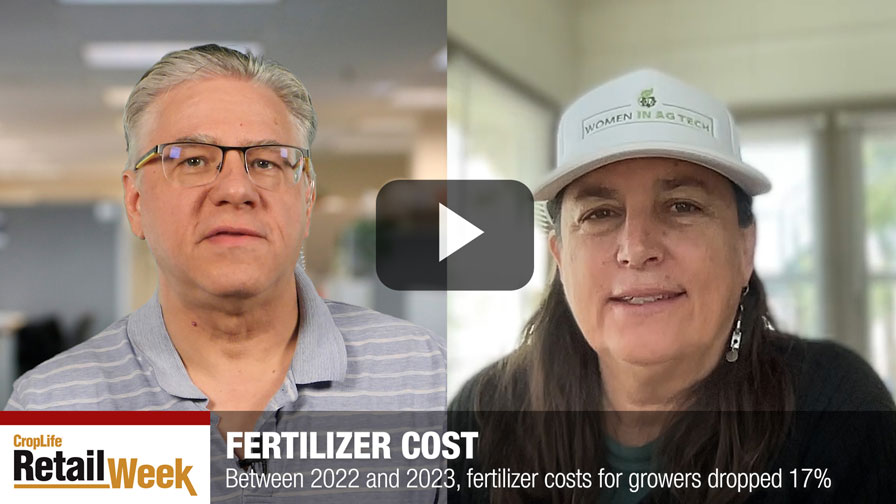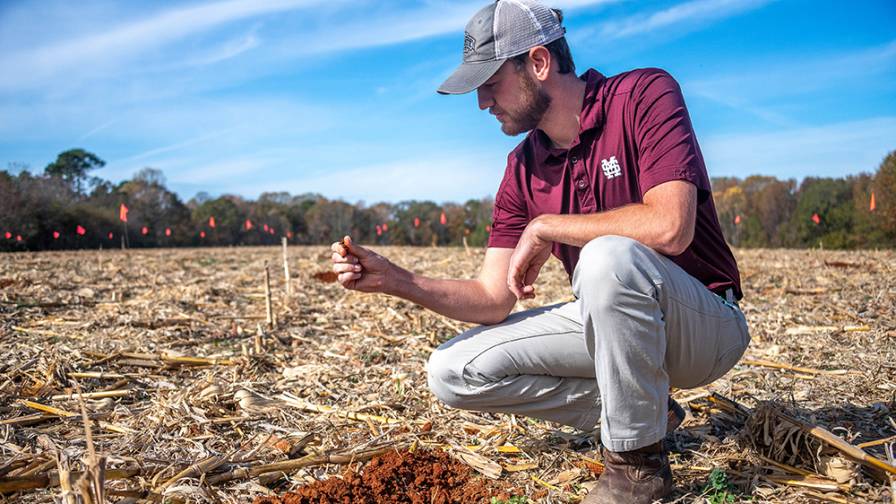Nutrient Trading Systems To Help Reduce Dead Zones
The dead zone in the Gulf of Mexico is largely the result of massive algal blooms fueled by nutrient run-off from up-river Midwest farms.
The dead zone decreased in size from 2012 to 2013, though was still comparable to the size of Connecticut. The extent and persistence of the dead zone problem over the years has sparked controversy, litigation, research, and now a possible solution: nutrient trading.
This year the Electric Power Research Institute, the research arm of the U.S. utility industry, along with several government and nonprofit groups, has set up a trading system across 30 farms in Indiana, Ohio and Kentucky. The farms create “nutrient credits” by implementing practices to stop nitrogen and phosphorus run-off, the main cause for down-river harmful algal blooms and the resulting dead zone. These credits can then be sold to power plants, sewage treatment plants, and other facilities that release nutrients into local waterways.
Though the program offsets most of the costs of implementing the practices, participating farmers note they would have to see improved output or decreased costs to continue the program.
The Great Lakes Commission, the U.S. Department of Agriculture’s Natural Resources Conservation Service, and the Wisconsin Department of Natural Resources have initiated a similar trading program to reduce the input of phosphorus into the Lower Fox River, which drains into Green Bay of Lake Michigan. The Lower Fox River is considered an impaired waterway and is subject to input limits for sediment, nutrients, bacteria and heavy metal loads, which end up in Green Bay.
The resulting dead zone, though not as large as the one that occurred in western Lake Erie in 2011, has been a persistent issue in recent years and the target of nutrient reduction efforts.
Source: Ohio Ag Connection






